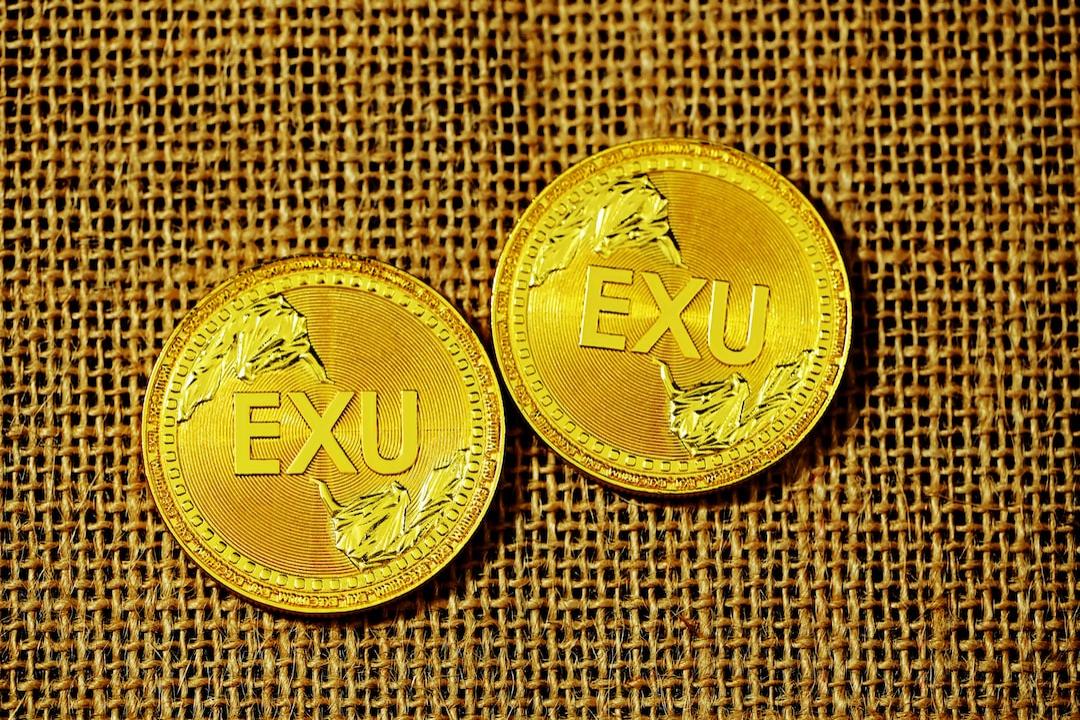The Ethereum Foundation has announced that it will implement a policy on conflicts of interest, according to executive director Aya Miyaguchi. This decision comes in response to the controversy surrounding the connections between the foundation and EigenLayer developers within the crypto community.
Prior to Miyaguchi’s announcement, two Ethereum researchers joined EigenFoundation as paid advisers. On May 19, Justin Drake revealed his appointment in a detailed post, mentioning that he would receive incentives worth “millions of dollars” from EigenFoundation, which he planned to reinvest in the Ethereum ecosystem. The following day, Dankrad Feist made a similar announcement, confirming that he had received a substantial number of tokens.
Both researchers emphasized that they were assuming these positions as individuals and not as representatives of the Ethereum Foundation. Drake pledged to scrutinize EigenLayer critically, while Feist stated that he would adopt contrarian perspectives. The response to their decisions was mixed, with ZkSecurity co-founder David Wong tweeting about Drake, and some expressing skepticism in the comments. One commenter suggested that Drake only disclosed his appointment because it had been leaked by Cobie, also known as crypto trader Jordan Fish, who had previously asked Ethereum co-founder Vitalik Buterin about the foundation staff’s links to EigenLayer.
In her post, Miyaguchi acknowledged that relying on culture and individual judgment had not been enough to maintain the foundation’s credibility and neutrality. She revealed that the foundation had been working on a formal policy to address this issue, promising to provide further details soon.
Drake also mentioned that there was a third Ethereum Foundation member who had ties to EigenFoundation as an investor, but did not disclose their identity.
EigenLayer is an Ethereum layer-2 restaking protocol that enables Ethereum node operators and validators to earn fees by restaking liquid Ether (ETH) they received in exchange for staking. They can utilize these assets on EVM platforms like Lido or validate and secure other networks, such as sidechains or non-EVM blockchains. This allows them to stake the same assets twice.
EigenLayer was launched on the Ethereum Goerli testnet in April 2023 and has been partially launched on the mainnet in April.
Magazine: Ethereum restaking — Blockchain innovation or dangerous house of cards?
Sources: Aya Miyaguchi, Lefteris Karapetsas

